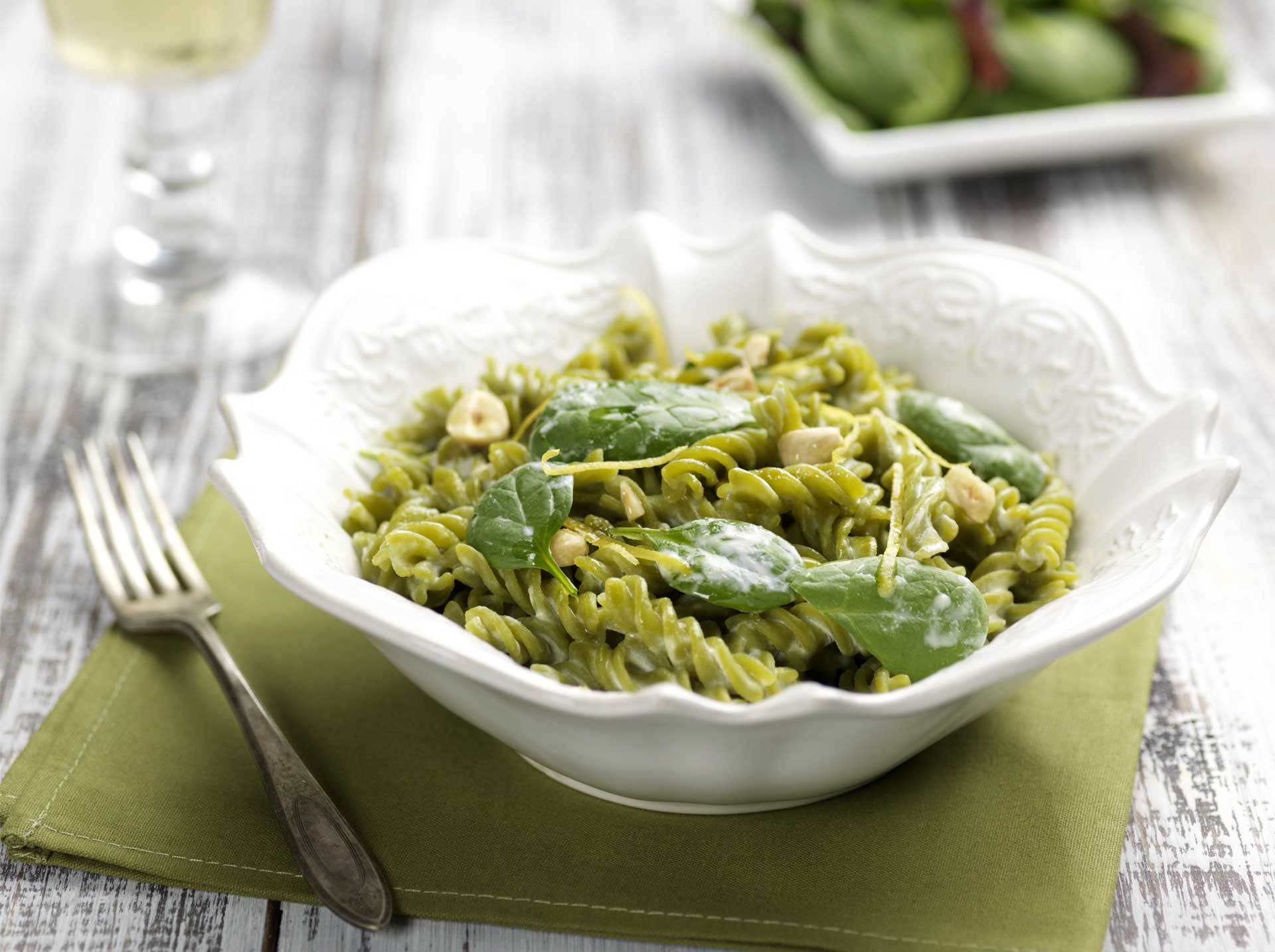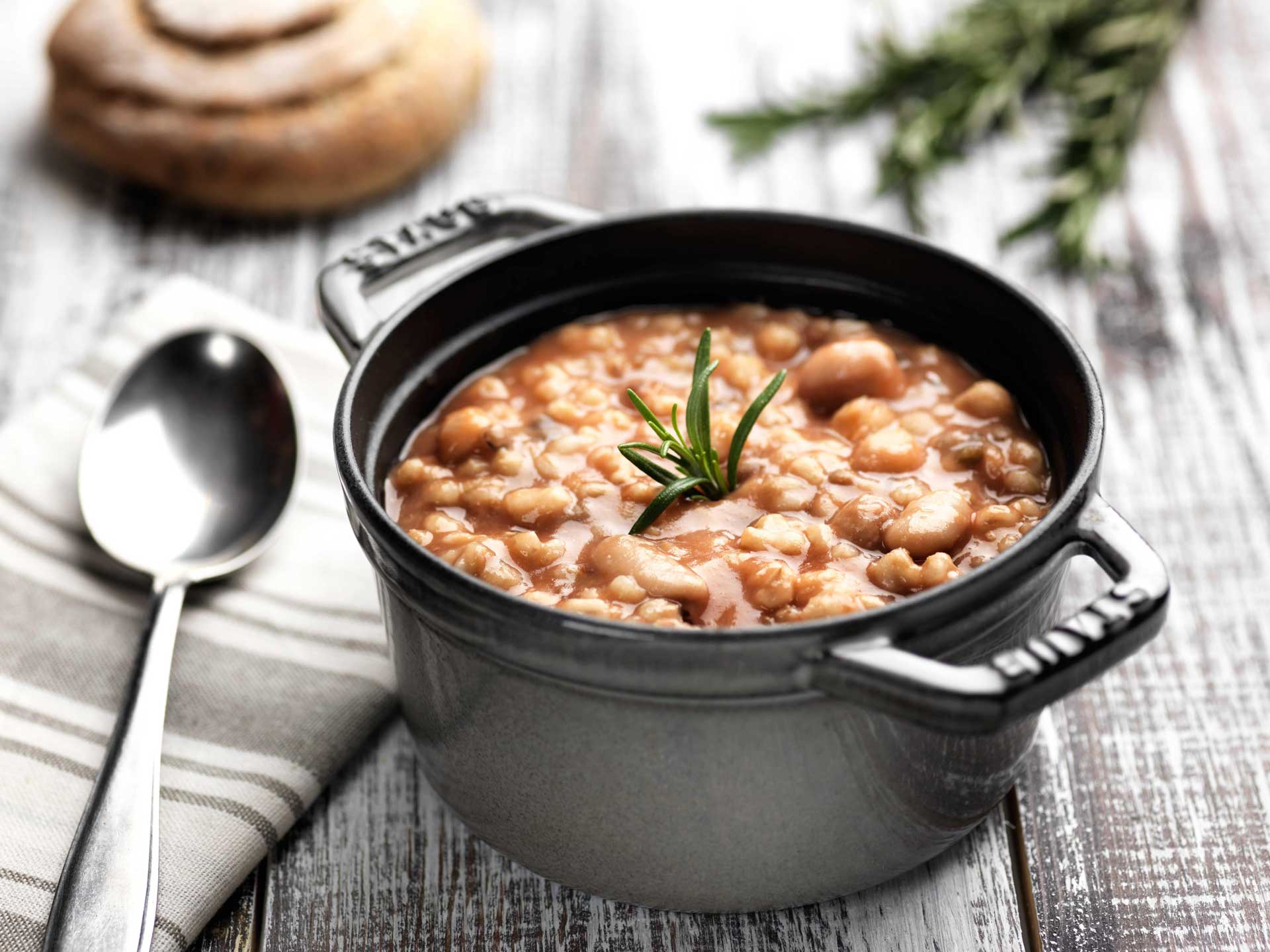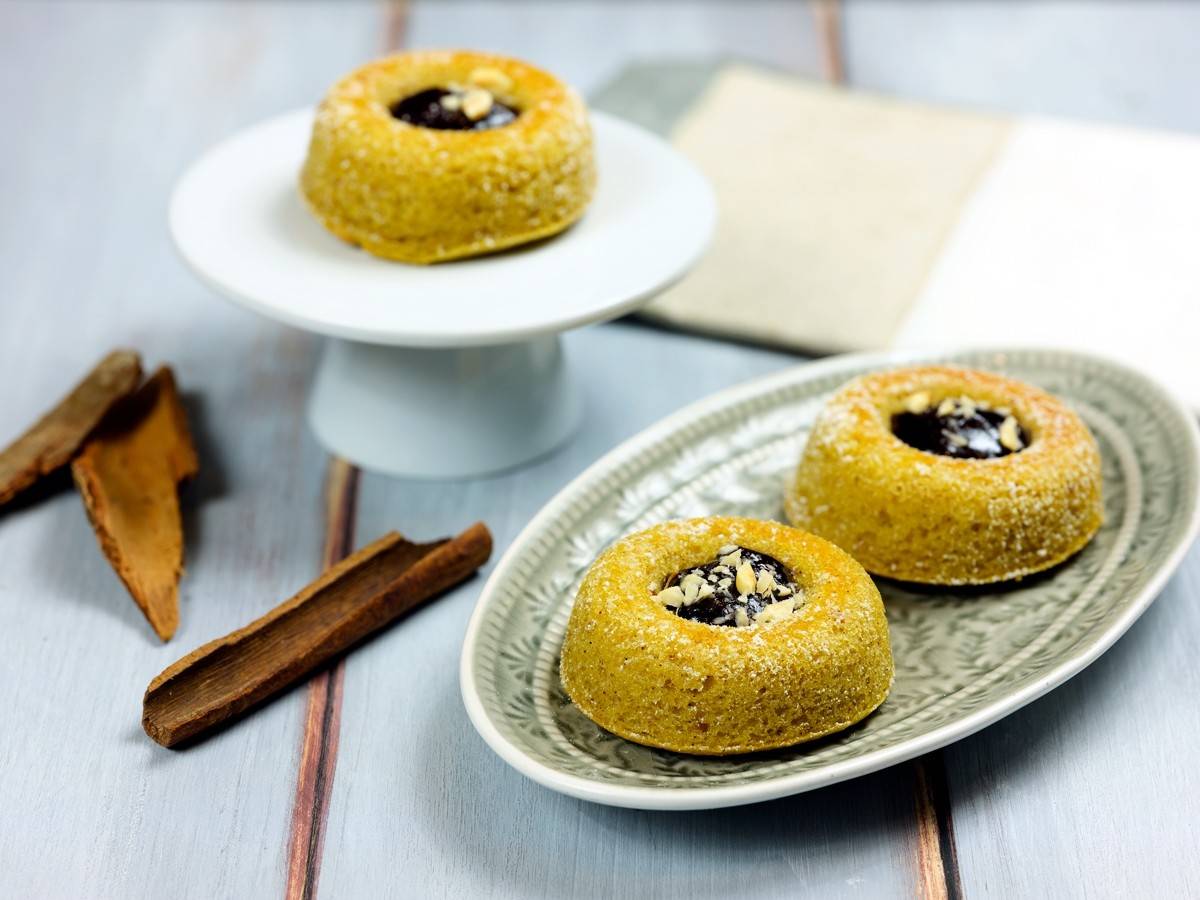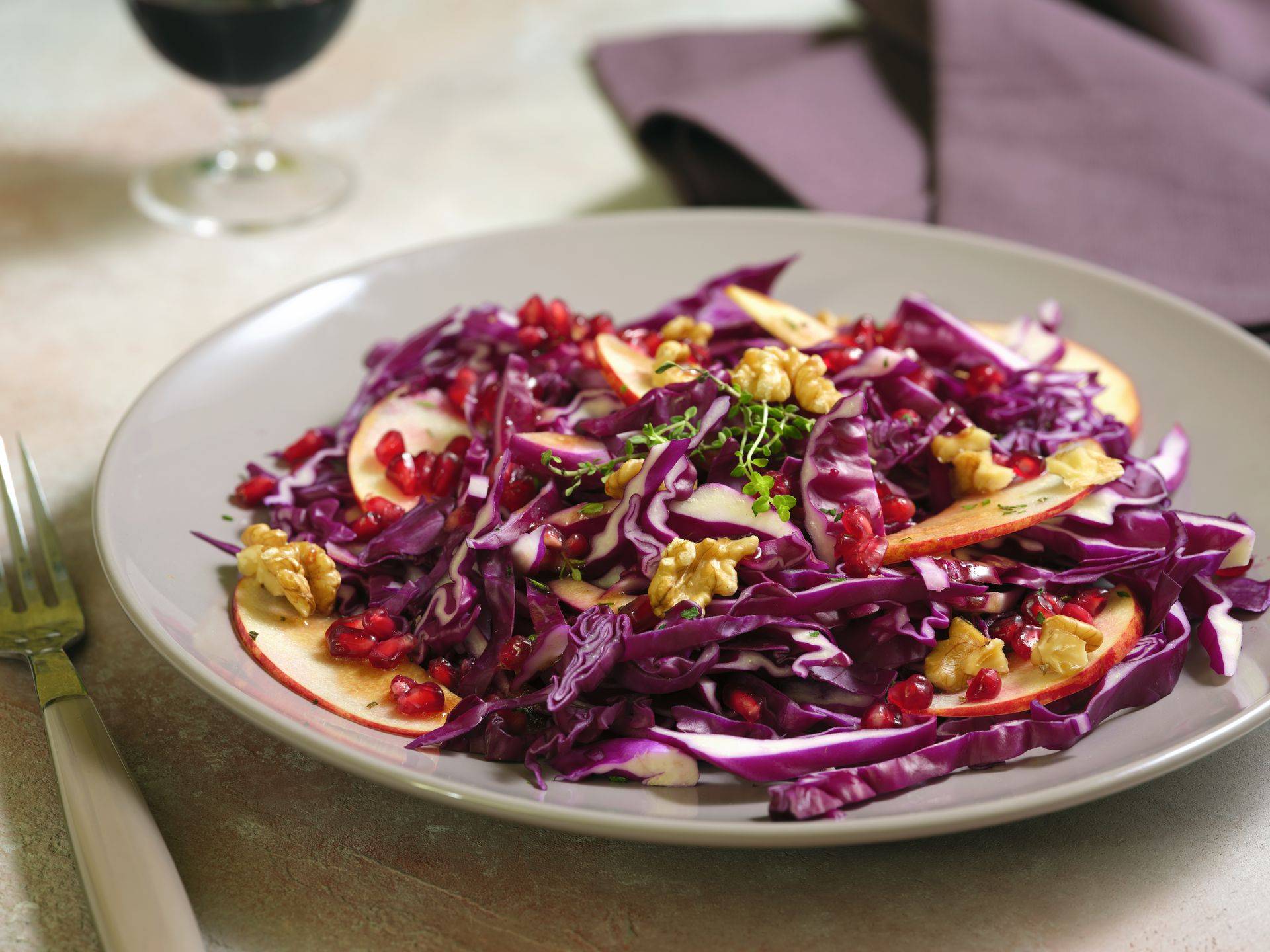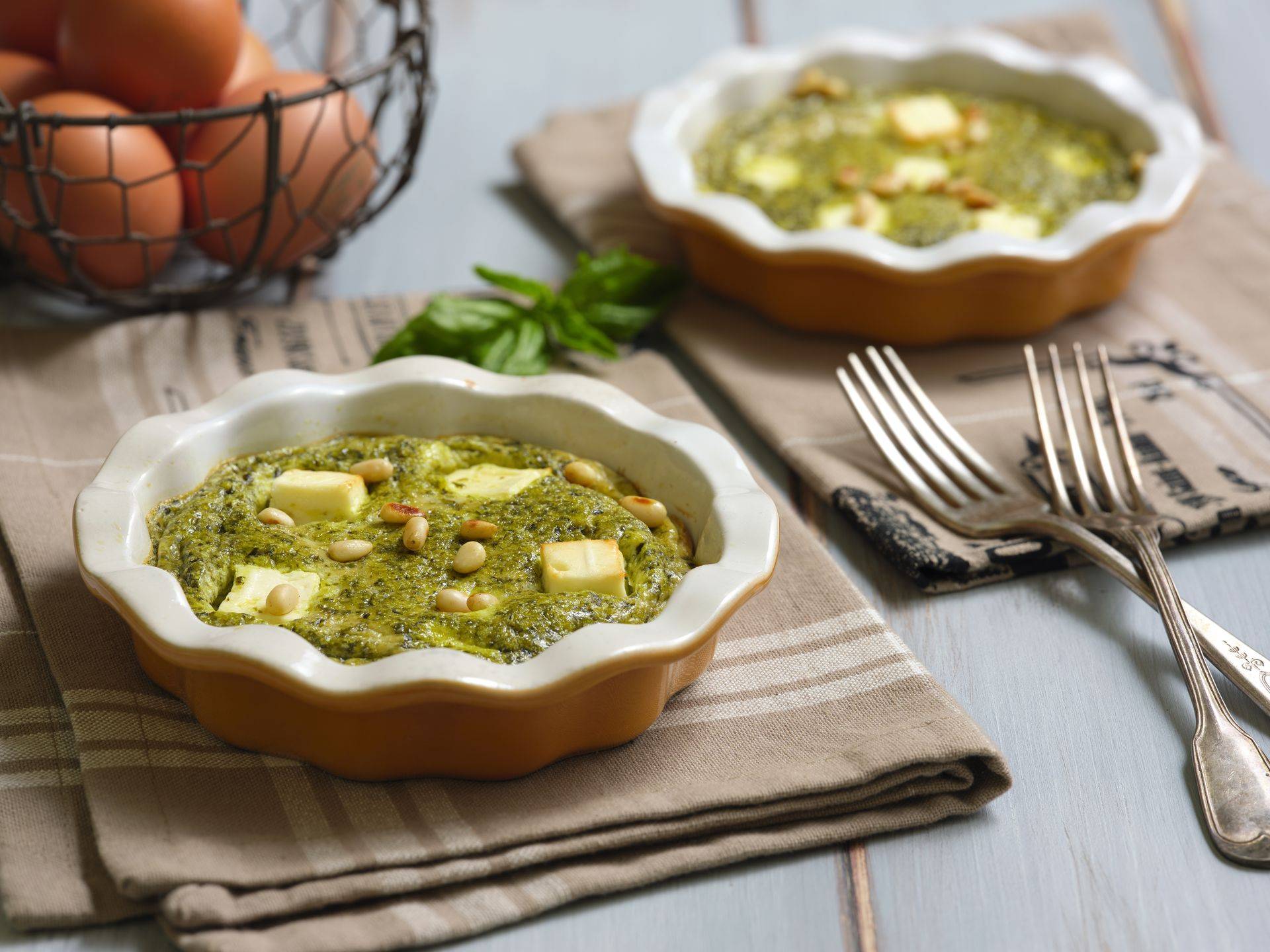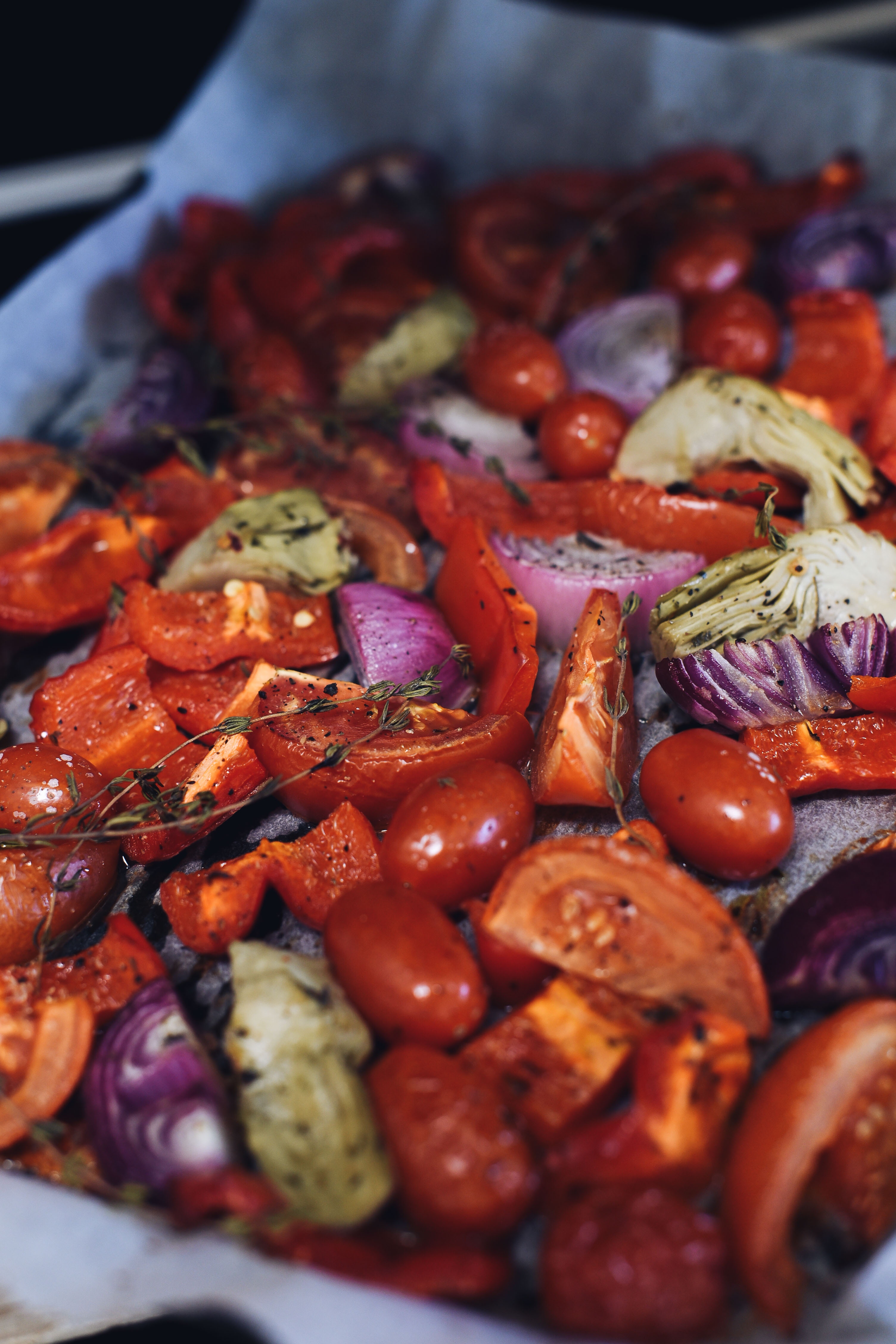
How to Load Up on Antioxidants Through Diet?
Antioxidants - Food Sources
Many foods, especially those of plant origin, contain hundreds of substances with more or less marked antioxidant activity.
Among the best-known are some vitamins (A, C, and E), minerals such as selenium, copper, and zinc, carotenoids, phenolic compounds (present in high concentration in practically all plant-based foods and in grapes).
Clinical studies show that increasing the intake of antioxidants from natural sources, especially fruits and vegetables, can be useful in the prevention of various diseases. Epidemiological studies have also shown that increased vegetable consumption is linked to a reduction in cardiovascular risk due to the high intake of polyphenols with potent antioxidant activity.
The anticancer properties of many foods are precisely related to their precious content of antioxidants.
VITAMIN E
The biological action of vitamin E is mainly due to its antioxidant properties.
It is particularly rich in seeds, some cereals, fruits, and vegetable oils.
Domestic preparations, such as boiling, frying, and baking, sometimes result in significant losses, but they are difficult to evaluate overall due to the multiplicity of interfering variables.
Up to 80% of the vitamin E content can be lost during the processes of refining, deodorization, bleaching, and hydrogenation of oils.
VITAMIN C
It is widely distributed in plant-based foods; particularly rich sources include citrus fruits, kiwi, peppers, tomatoes, and leafy vegetables.
However, vegetables and fruits stored for a long time before consumption suffer significant vitamin losses.
Treatments involving washing with large amounts of water and subsequent cooking can also lead to considerable losses.
Vitamin C is the most susceptible to degradation among vitamins, both due to its instability to heat and oxygen in the air and its water solubility. Its concentration is often used as an indicator of the quality of the processing and production process.
CAROTENOIDS (VITAMIN A)
Abundant in nature, they are found in various parts of plants, including fruits, seeds, leaves, and roots. They can be obtained through regular consumption of plant foods.
Particularly rich sources include pumpkin, carrots, watermelon, peppers, tomatoes, apricots, and melon.
Lycopene and beta-carotene belong to this class.
SELENIUM
It is present in most foods, especially in nuts (especially Brazil nuts), fish and seafood, viscera (kidneys, liver), and meat. Cereals, vegetables, and other plant foods contain selenium, but the amount depends on the type of soil in which they grow.
POLYPHENOLS
They constitute a family of about 5000 natural, semi-natural, or synthetic organic molecules widely present in the plant kingdom.
These compounds are often the product of the secondary metabolism of plants; they are natural antioxidants (polyphenolic molecules such as bioflavonoids), constituting the plant's defense against stressful agents and elements with protective activity for our body.
Positive biomedical effects at the cardiovascular level, in diseases related to aging, and in arresting tumor growth.
They stimulate cells (especially those of the nervous system) to produce antioxidant, anti-inflammatory, and antitumor substances.
They reduce inflammatory states (precursors of metabolic syndrome, diabetes, and obesity).
Polyphenols are abundant especially in fresh fruits and vegetables (berries, citrus fruits, cherries) but also in tea, wine, cocoa and its derivatives, and cold-pressed olive oil. Cooking considerably reduces the polyphenol content of food, so it is important to consume fresh foods or rely on boiling (better yet on steaming).
There are hundreds of antioxidant substances belonging to this family, it would be impossible to list them all!
Among the most interesting from a nutritional point of view:
RESVERATROL present in red wine, grape skins, and other vegetables; protects the body from cardiovascular diseases (anti-thrombotic, anti-inflammatory action) and has a potential anti-tumor action.
CURCUMIN from curry, useful in controlling inflammation.
CATECHINS from green tea (especially epigallocatechin (EGC)), which seem to have anti-carcinogenic, anti-obesity, anti-inflammatory, anti-aging, anti-virulence, anti-diabetic, anti-bacterial, and neuroprotective activities.
ANTHOCYANINS from many blue/purple berries, found in blueberries, currants, grapes, cherries, and elderberries; but also red cabbage and strawberries are rich in them. They have a protective activity on the development of tumor processes.
QUERCETIN predominant in onions, but also present in good quantities in other vegetables; it inhibits platelet aggregation in vitro and reduces thromboxane synthesis (anti-thrombotic action), and has a potential anti-tumor activity.
ISOFLAVONES characteristic of soybeans and other vegetables, such as red clover. They modulate estrogen metabolism in the body, behaving, depending on the case, as anti- or pro-estrogenic substances; they also seem to prevent some forms of cancer.
The role of nutrition and diet quality becomes paramount. Adherence to dietary patterns rich in bioactive compounds helps protect us from cardiovascular, inflammatory, and tumor-related pathologies.
Good dietary habits and therefore, once again, the Mediterranean diet (MedDiet) rich in vegetables, prove to be the most effective tool we have at our disposal.
In conclusion, here's how to behave at the table:
diversify vegetables in the diet, consuming a wide variety of fresh, seasonal foods every day
vary the colors of fruits and vegetables daily
add herbs instead of salt (and pepper)
prefer extra virgin olive oil and raw vegetables
avoid drastic cooking methods, preferring steaming.
